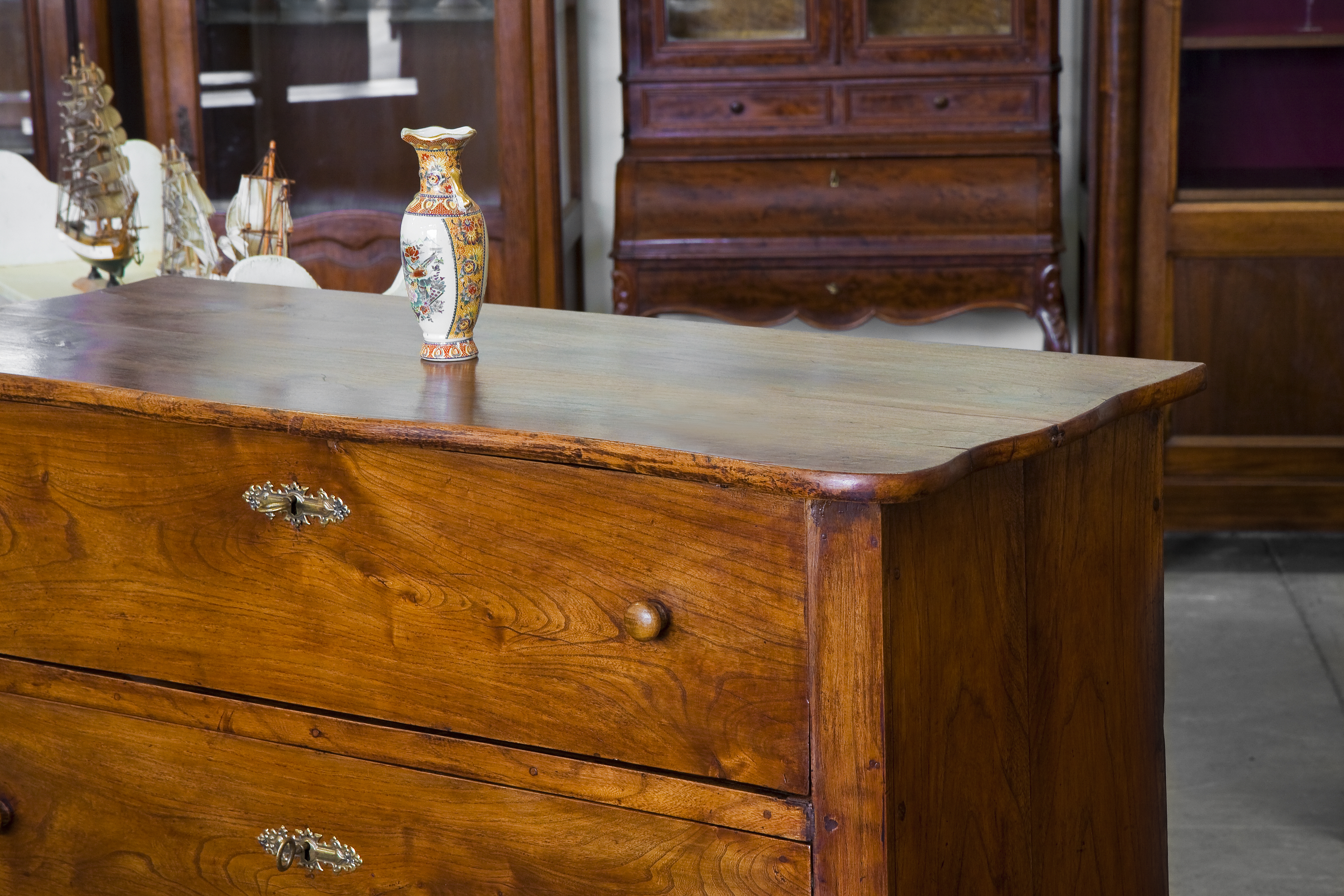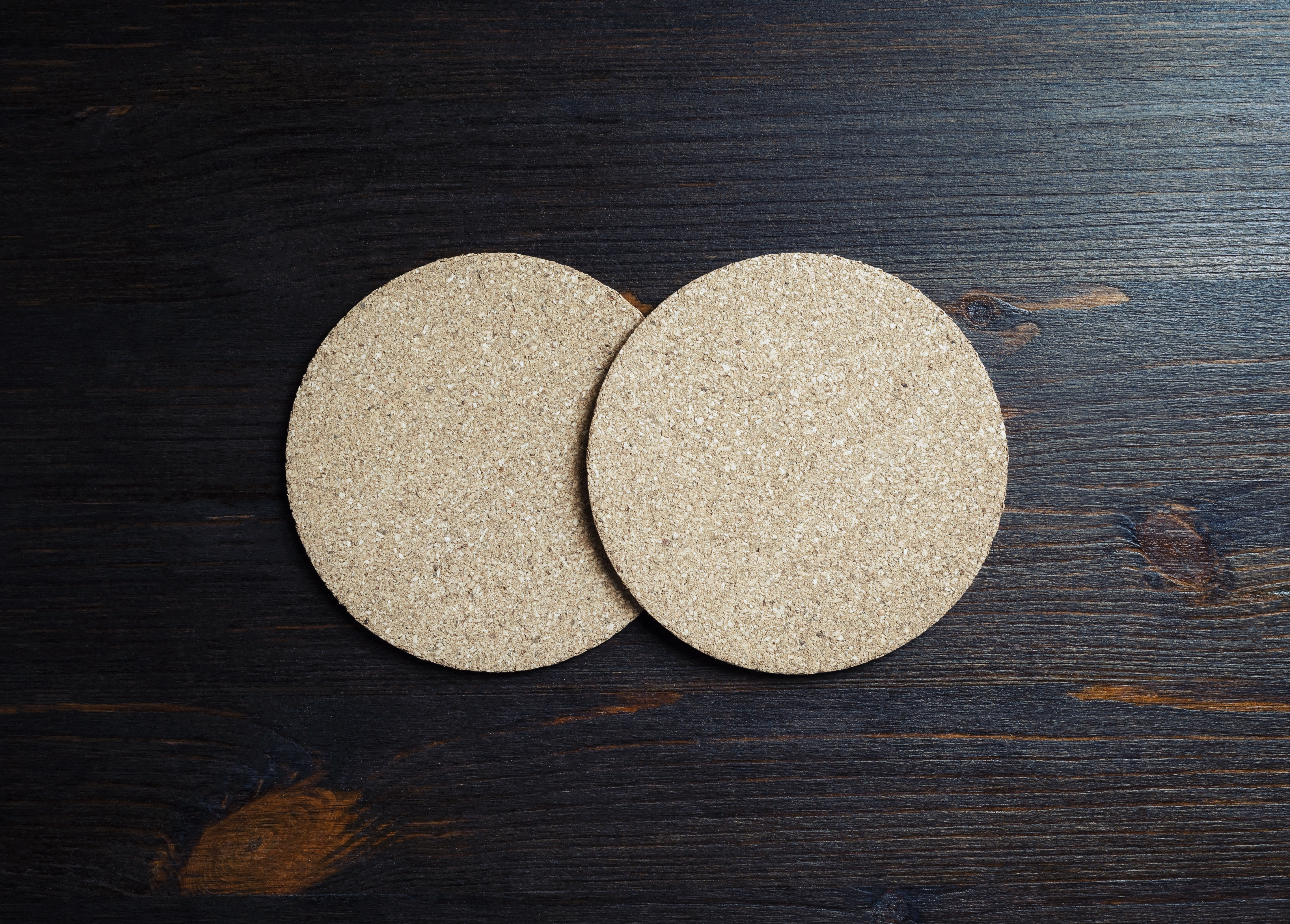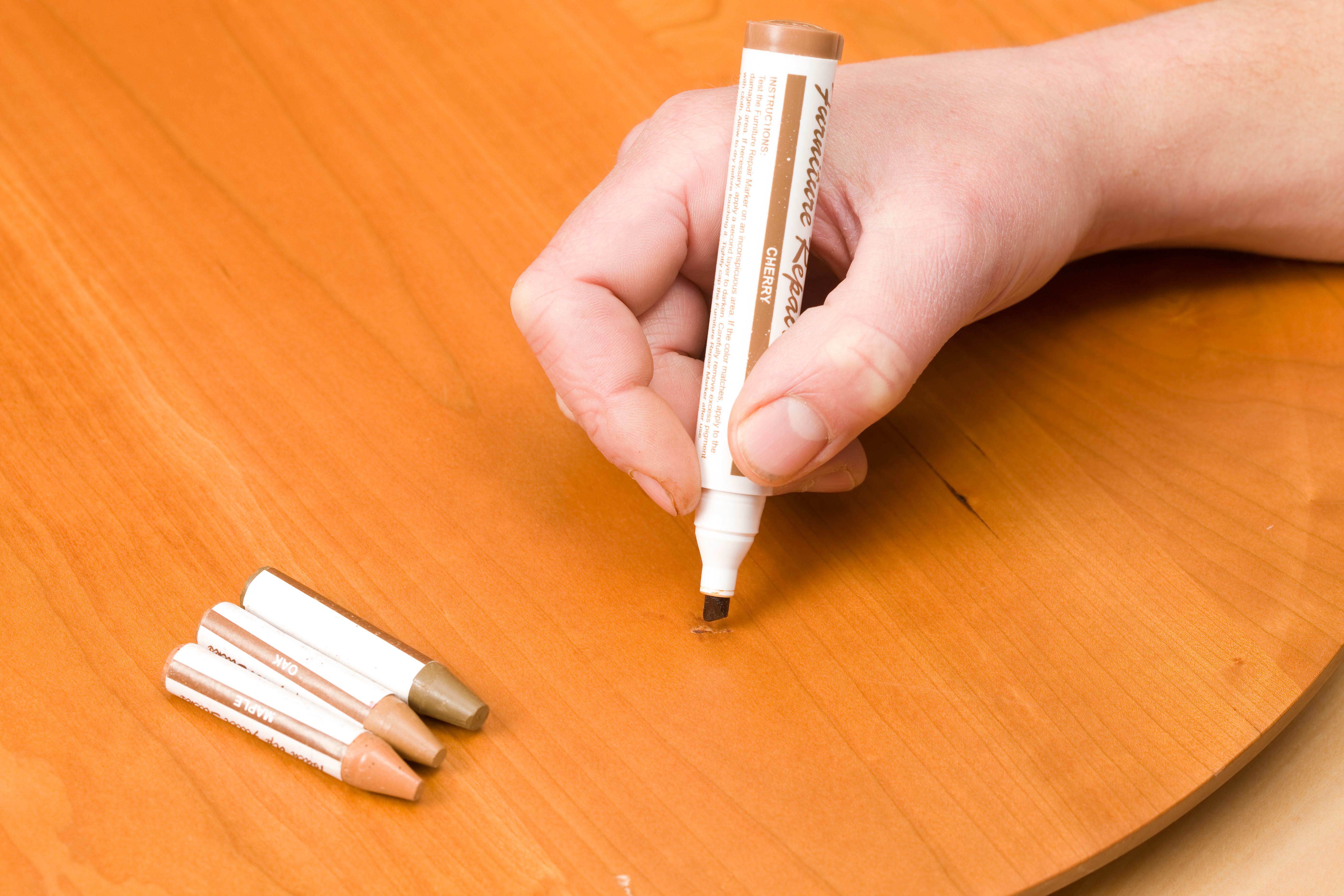
Its look is timeless, but unfortunately, wood furniture doesn’t last forever. Still, wood continues to be a popular material used for interior design, praised for its durability, versatility, and variety. When taken care of properly, wooden furnishings provide a long life of use, which is why taking care of these pieces is highly recommended. In some cases, they can even last generations as family heirlooms and relics of quality craftsmanship that is becoming harder and harder to find these days.
Whether you’re in the market for a new addition to your home or you want to keep your current piece looking brand-new, it’s important to address common wood furniture problems and how to avoid them. Blemishes like cracks, fading, chipping, and scratches can ruin the appeal of certain wooden furniture, but with our help, you can prolong the life of these cherished furnishings. Keep reading for tips and tricks!

At a Glance:
How to Care for Wood Furniture
With over 50 years in the furniture business, we’ve become familiar with wood and how to take care of it. Overall, following these guidelines will keep the wood finishes on your furnishings looking new and beautiful.
How to Clean Wood Furniture

Clean wood is happy wood, and the best part is, it doesn’t take a lot of effort to clean the material. In many cases, the perfect wood furniture cleaner can even be found in your pantry. Before opening a can of elbow grease, do yourself a favor and thoroughly dust off all wooden surfaces; this will keep dirt from staining the wood when moisture is applied.
Once dusted, target what kind of wood stain you’re dealing with. Typically, wood only requires a light rub-down, preferably with mild dish soap and a soft cloth — and then there are the harder stains.
Water stains are every wooden furniture’s biggest enemy, and once they set, it’s nearly impossible to lift the watermark. But one solution to the problem is right in your bathroom: toothpaste.
Do this to lift water stains from wood furniture:
- Apply a generous slathering of toothpaste completely over the affected area.
- Using a soft cloth, work the stain in a circular motion.
- If the stain doesn’t lift after a few applications, try adding some baking soda to the equation. The tannins in baking soda can help remove the mark, but be careful not to add too much or to work it too aggressively — baking soda is an abrasive and it can be damaging to wood when used incorrectly.
As zany as it sounds, mayonnaise can also help remove water rings from wood furniture. Follow the same method above (minus the baking soda) to clear the blemish and give wood a shine while doing it.
What about stickers?
Curiosity can get the better of younger members of a household, but if you find your furniture covered in stickers, don’t panic. Instead, apply oil (olive and mineral oil are great for wood, but any kind should work) and let it soak for a few minutes. Then, using the edge of a card, gently scrape the sticker off.
How to Care for Wood Furniture

At its most basic, wood maintenance involves regular dusting or a wipe-down with a microfiber cloth. Furniture with intricate carvings or crags, like reclaimed wood, benefit from passing over a vacuum with a brush attachment to collect dust that is hard to reach.
Other ways to care for your wood furniture include:
- Placing pieces out of direct sunlight
- Using coasters
- Avoiding sharp objects
- Keeping the room at a comfortable temperature
- Sealing surfaces when necessary
How to Repair Wood Furniture

Wood furniture repair may seem intimidating, but in reality, a lot of the cosmetic damages can be fixed with a little bit of know-how. Here are a few wood furniture restoration tips to keep in mind the next time you have damage on your wooden furniture.
Steps to repairing wooden furniture with small cracks
Cracks in wood are often the last step before having to replace your furniture. If you’re up for a little DIY, this tip might help get you more use out of your damaged wood furniture. For this tip, you will need sandpaper, wood putty, and wood stain, plus a putty knife for filling, a paintbrush, dish soap, and a cloth for cleaning.
- Start by cleaning the area, making sure to remove any splints and frays.
- Next, buff the crack by using a sheet of sandpaper. Gently scour the crack, making sure to run the paper in the direction of the grain.
- Next, fill the crack with wood putty; let it dry completely.
- Once fully dry, sand down the putty with a fine-grit sandpaper.
- When smooth, paint the surface with wood stain. For best results, test a small, inconspicuous area first.
Steps to repairing wooden furniture with scratches
Start by cleaning the affected area with soap and water. Once dry, you have a few options for covering up wood scratches.
- Try using a nut. For best results, choose a nut that is closest in color to the wood you have. Simply rub over the scratch, and lighter scratches will fade.
- You can also try mineral oil. It’s the same concept: Apply over the scratch, gently buff, and see the results.
- There are also wood repair markers available at hardware stores. These usually come in a pack with a variety of shades. Like the above, you simply color over the scratch to make it disappear. For this option, we recommend testing a small area beforehand to see how well a shade matches the wood.
Harder scratches may require some sanding. Using gentle motions, pass a sheet of sandpaper over the scratch, making sure to follow the grain. Then, use any of the tips above to stain the area to match the wood.
Steps to repairing faded wooden furniture
Wondering how to make faded wood shiny again without having to strip it? Try this trick.
- Mix 1 part oil to ½ parts lemon juice or white vinegar.
- Then, apply to the surface of the wood.
- Using a soft cloth, buff the faded wood until it’s shiny.
Results vary, depending on how faded the wood is. For badly washed surfaces, a full strip might be the best solution.
FAQs
Before buying new wooden furniture, take a moment to review these questions buyers like you often ask.
How do you moisturize wood furniture?
Healthy wood furniture can be spotted by its shiny exterior, but damage can strip the protective surface off of wood, leading to fading, stains, and scratches. It’s a good idea to practice regular polishing to keep wood moisturized and beautiful.
To moisturize wood, start by dusting the surface off and gently cleaning it with dish detergent and a cloth. Once dry, apply a layer of oil to the wood, paying close attention to areas that need extra treatment.
How often should you oil wood furniture?
Good wood maintenance is as simple as oiling down your furniture twice a year, although once a month will help protect your furnishings even more. If your current wood surfaces are blemished, a stricter regimen is recommended to prevent further damage.
What oil do you use for wood furniture?
In our experience, we’ve found linseed oil, olive oil, furniture wax, wood polish, and pure Tung oil to be the best at preserving wooden furniture.
Why Linseed Oil?
Linseed oil is great at penetrating deep into wood. That means fuller coverage and protection. Plus, it leaves a lovely shine and is even safer for the environment.
Why Olive Oil?
Because it’s practical and can be used as a quick solution for restoring wood furniture. Chances are you have a bottle in your cupboards right now.
Why Furniture Wax?
Wood furniture wax provides a heartier layer of protection that’s ideal for high-traffic furniture pieces. These waxes are also made of natural ingredients, which is a plus for you, your loved ones, and the planet.
Why Wood Polish?
This is arguably the most common wood furniture care option available, stocked at practically any supermarket. For many, this is the easiest way to care for wood.
Why Pure Tung Oil?
Pure Tung oil is great for maintaining the “live” look of reclaimed wood and other rustic furnishings. However, it’s not as great for wood pieces with varnish.
Why Trust Us?
At Bob Mills Furniture, we believe that everyone is family. Since 1971, we have delivered beautiful furniture for 50 years (and counting), with ten sprawling locations in the U.S. — from our flagship store in Oklahoma City to San Antonio in Texas to Wichita in Kansas. Our friendly staff aims to offer the greatest comfort and value, with elegant styles to match your taste, décor, and design. In addition to coziness and style, we also stock furniture and mattress brands with strong reputations and track records of durability so that you can enjoy your investment for years to come.
Shop Wood Furniture at Bob Mill’s
Start reveling in endless comfort and shop furniture online for unbeatable prices at Bob Mills. Our friendly experts are always happy to help you with tips for taking care of wood furniture — whether you call the Bob Mills Furniture store nearest you or use our online chat feature. Better yet, stop by one our showrooms throughout Oklahoma, Texas, and Kansas to discover why we are everyone’s favorite local furniture store. Visit us today!
Learn More: Where We Are — 50 Years Later